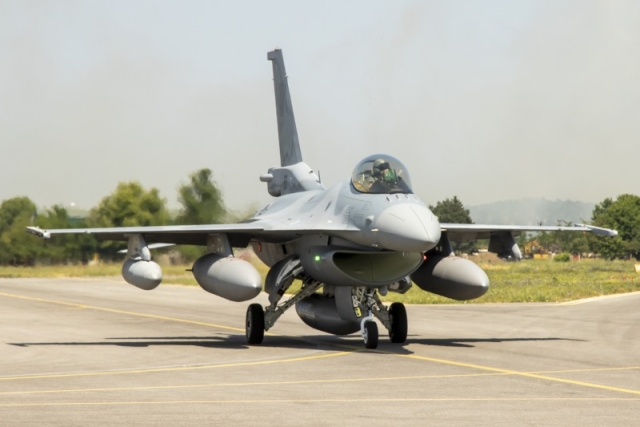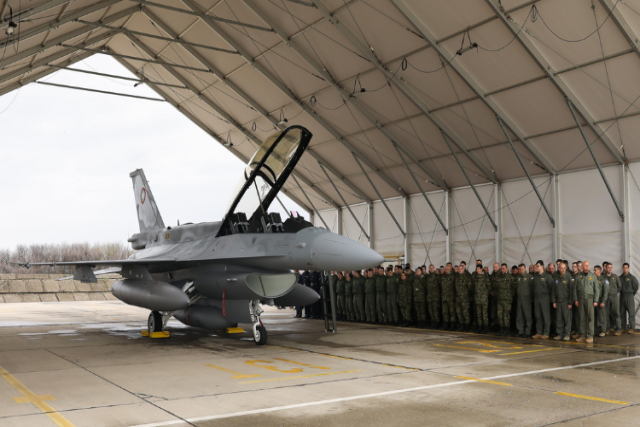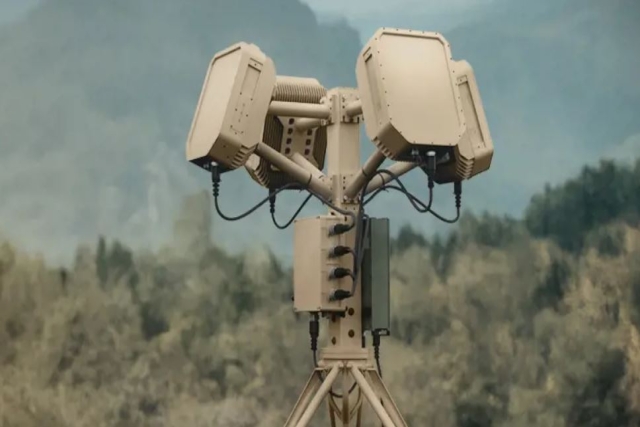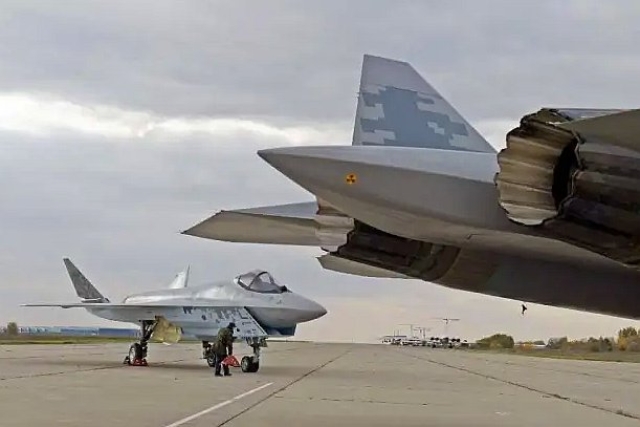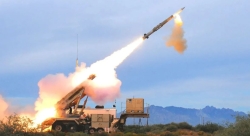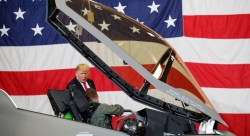Two More F-16 Block 70 Jets Join Bulgaria's Air Force
The aircraft include one single-seat combat jet and one two-seat combat trainer.
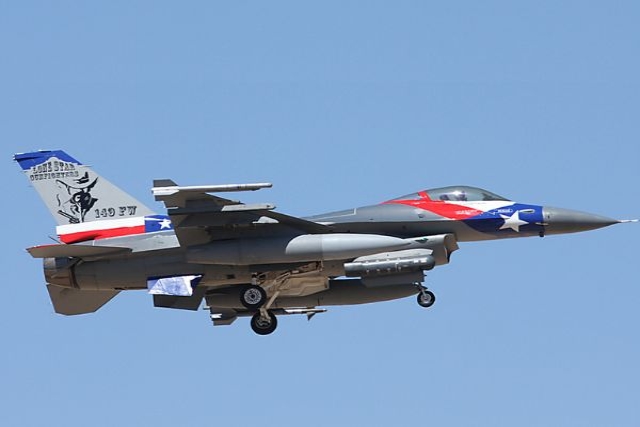
Two new F-16 Block 70 aircraft arrived at Bulgaria’s Graf Ignatievo Air Base on October 3, marking another step in the country’s plan to modernize its Air Force under a $2.4 billion deal with the United States.
The aircraft — one single-seat combat jet and one two-seat combat trainer — were flown in by U.S. pilots and landed with U.S. Air Force markings. The ceremony was attended by Chief of Defense Admiral Emil Eftimov, Air Force Commander Major General Nikolay Rusev, representatives of the U.S. mission in Bulgaria, and air base personnel.
“We welcome two more F-16 aircraft. Congratulations to Bulgaria, the Bulgarian Army, and the Air Force,” Admiral Eftimov said. “By the end of the year, this activity should become routine for the Air Force. The goal is to have eight F-16 Block 70 aircraft by the end of 2025.”
Bulgaria has now received four of the eight F-16 Block 70s it expects by 2025 under the contract. The second batch of eight aircraft is scheduled to arrive by 2027, bringing the total fleet to 16.
Defense Minister Atanas Zapryanov confirmed last month that one of the newly delivered jets — an F-16D Block 70 — developed a fuel leak from an internal tank during testing. “The issue was identified during inspection. Engineers at Graf Ignatievo, together with U.S. representatives, submitted a report, and Lockheed Martin will send a specialist to Bulgaria to perform repairs,” Zapryanov said.
Earlier, the Air Force had also grounded its first F-16 after detecting a system deviation during its acceptance process in May.
The F-16 Block 70 jets feature the AN/APG-83 SABR AESA radar, capable of detecting air targets at ranges of about 130 km and conducting radar reconnaissance up to 170 km. The aircraft are compatible with AIM-120D long-range air-to-air missiles.
